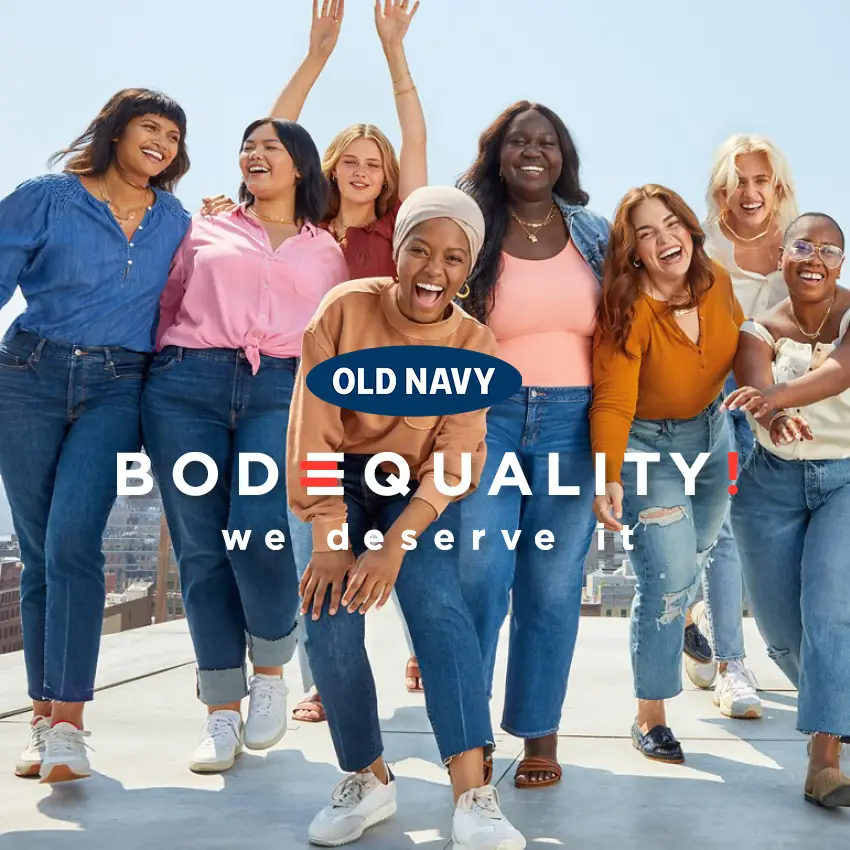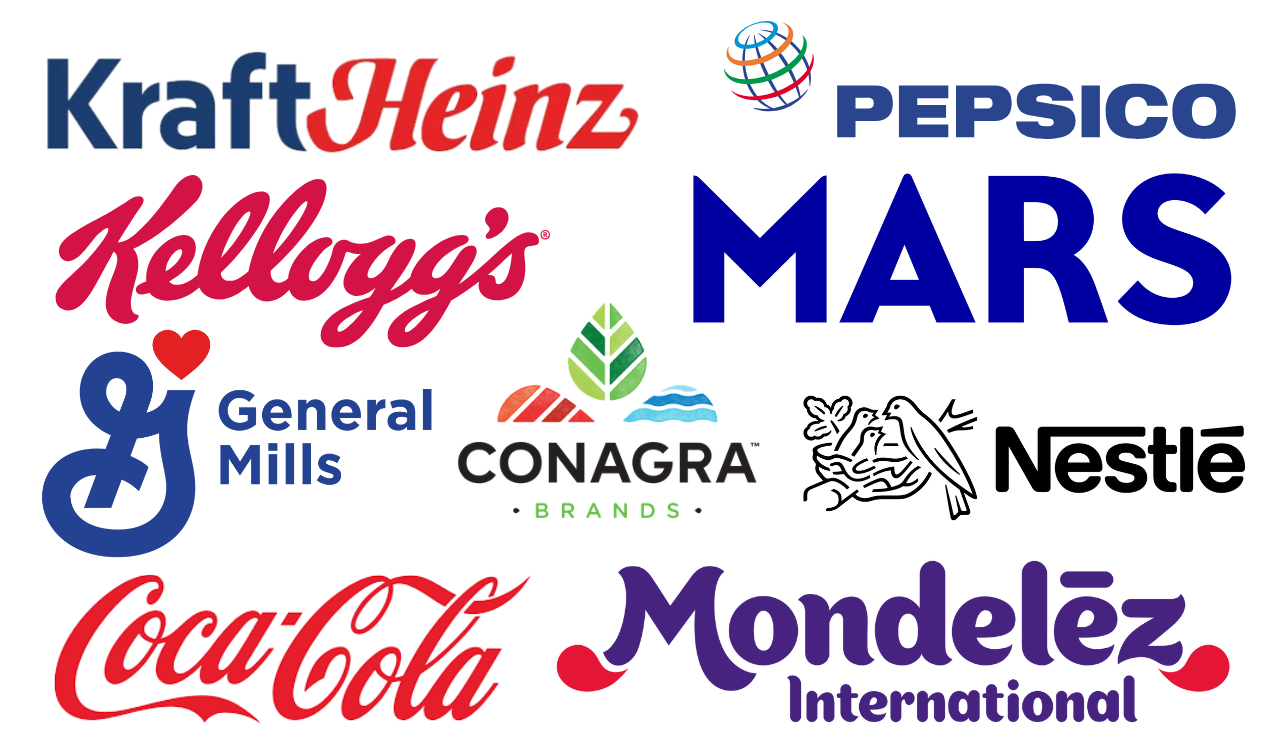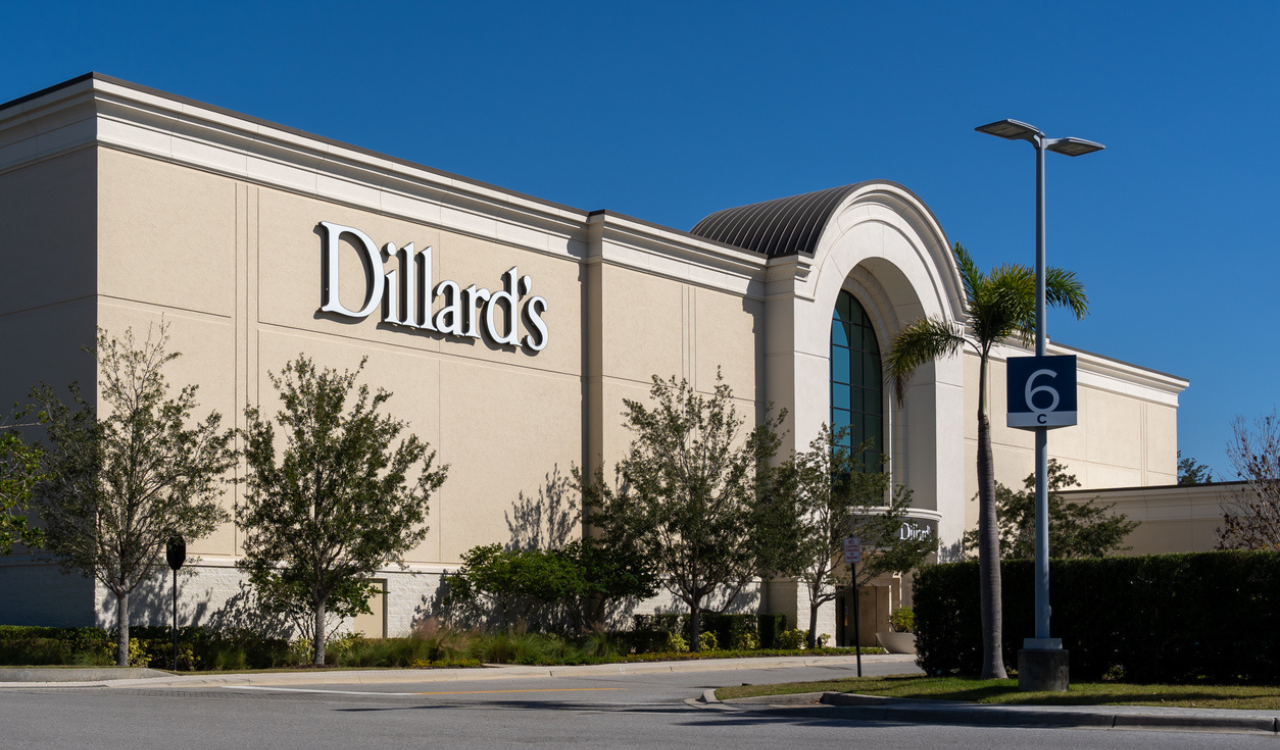Old Navy recently made news headlines by entering the inclusive size market. Again. They created great TV commercials with Aidy Bryant touting sizes 0-30 in all stores. I predict they will exit the plus business in stores within two seasons and fail at this new endeavor. Again. Winding down this new venture will be the right decision given their traditional business and the historical inability of large companies to innovate. And Old Navy has already made this same decision twice before in the last 18 years. The press on their recent move should have been asking: “What changed this time around that will cause us to see a different outcome?” The answer sadly is: Little to nothing. But it could change, and should change, if Old Navy and others like them were more creative about effectively serving the plus or inclusive segment of the women’s apparel market.
Plus Size: Past and Present
By way of background, I have operated in the plus size clothing business as an entrepreneur for nearly 25 years. My family has been in the industry for 130, having pioneered the plus market in the 1890s, so my own experience was perhaps inevitable. I have seen many brands and companies express enthusiasm for the plus or inclusive apparel market only to stumble and quietly exit faster than they entered.
Disrupting a traditional business typically undoes a new internal venture. But persistence, committing capital and time, and employing new methods outside the traditional retail store box will turn breakage into breakthrough.
In the early 2000s, I remember the first store location of the plus brand my brother and I started. It was in a shopping center in upstate New York only 200 yards away from Old Navy down the hall. I remember my anxiety when Old Navy announced they were entering our market, would have product on their floor, and were “passionately” committed to this specialty sector that has always had too few choices. Admittedly, their move would be good for customers to have more options, designs, and product. But, as business owners, we thought it would be a disaster for us as we would be competing with, as they taught in business school, “a superiorly resourced and large, market leading player with experience and knowhow”.
In response to the announced move, we focused on our own brand and how we could do things better than Old Navy’s new project to ensure we were customers’ first choice. Then an odd thing happened. Old Navy’s plus size endeavor abruptly stopped after maybe one season. Which means they were actually at it for around two (it usually takes one season to design, merchandise, and produce, along with the associated processes).
What happened? Was the product terrible? Was their marketing alienating and offensive? Did they have terrible spokespeople and err in some unforgivable way? No. None of that. They had structural flaws every legacy business confronts when seeking to expand into a new category.
Creative Destruction
No matter how enthusiastic an existing team is, which includes designers, financial planners, merchandisers, trend forecasters, c-suite executives, etc., they have legacy assets and processes: a fixed amount of square footage in stores, a set production process, a known design process, established financial planning and inventory logistics processes and human capital resources (people who are used to doing everything in established ways). So, if one decides to offer a new jean in a new size, what size are you removing from traditional inventory to enable the new item to appear on the floor? How many units of inventory stock on the floor from traditional sales are inventory planners removing to accommodate the new offering? What if the new size jean does not sell as fast as the one you sold historically? What if your designers cannot adapt brand guardrails and designs to the new sizes? How do you tell your traditional size-range pant buyer that they have less inventory to make their sales targets in their area because of the new business? And now their sales bonus target is in jeopardy? What if the existing factory cannot make the new items? What if the fabric required changes the logistics, sourcing and production processes? All of these types of issues that arise around the new project put the traditional business at risk. And this is aside from the need to do this new project well according to today’s very high standards for sustainability, impact, quality and price.
Typically, when expanding, unless strategically employing the Clayton Christenson philosophy of “Creative Destruction,” one’s aim is to NOT disturb a cash generator and steady business. Rather, the goal is to acquire incremental add-on business, market share, and opportunity. By announcing “inclusive sizes available in all stores,” seeking incremental sales gains and new customers, Old Navy is once again jeopardizing its traditional business. And by using their existing playbook, they are guaranteed to fail.
Managing Risk
So, what is the answer? Are Old Navy and the like doomed to never provide inclusive offerings? Are their traditional designs inappropriate for that new customer they are seeking? Are they not equipped to answer demand? No. A resounding no!
This dilemma reflects the difficulties of promoting entrepreneurship and innovation inside a large company versus the more nimble and dynamic nature of growth typically associated with startups. We are living in the greatest time of technological innovation in human history, which is creating acute changes in the retail and consumer landscape. The key to the future is to embrace technology and innovation and leverage it to execute a new business model.
- To maintain units per square foot in stores with traditional products, stock only samples of new product that can be tried on and ordered by customers working with store associates. Digitally native brands operate this way as normal course. As long as sales from this process are greater than costs of producing samples and costs of associates’ time, then at whatever rate this new inventory turns, the innovator wins.
- Endless Aisle. Create a superior online infinite aisle experience for this new target customer with investments in content, social media, branding and people. Put the inventory dollars you would have wasted trying to stock stores with new product (potentially reducing traditional sales) into a great online experience where new customers can buy online and pick up in store. This approach mitigates racking out the back of house with the new product and thereby not altering the selling floor. Frankly, newly gained online customers want the product sent to their homes in most cases, so you will not need so much new product in stores that would monopolize back of house stock space. Moreover, third party logistics providers (3PLs) are now in malls, will be ubiquitous very soon and are cheaper than traditional 3PLs because they operate out of retail space. Put the inventory there and never have your own company touch it.
The Human Factor
There are so many ways to innovate in today’s landscape. Have your associates do that ancient art of retail (that I miss so much personally) by servicing the guest with an unmatched human experience. Assuming the brand is in a new venture for the long haul, your associates are your strongest link. They can show samples on wireless devices, share deep product knowledge, and deliver a memorable experience to this new/incremental customer. It’s a win/win.
As an industry we are worried about retail losing human jobs. Redeployment, retraining and new responsibilities are a way forward. A project like introducing a new inclusive line is a perfect opportunity. Like most things in business, the people, process, measurement, and persistence lead to success for traditional players doing new things. Employing a traditional playbook for this type of new expansion will lead to failure and exit ten out of ten times. Costs and disruptions to traditional business lines ensure this. Anthropologie, H&M, Old Navy, J.Crew and others, historically are all examples of players who have tried to make fanfare with inclusive offerings only to exit quietly and ultimately disappoint customers. They all failed to execute inventory management, maintain optimal units per square foot on the store floor, adapt processes and resources, and forecast and plan.
Transformation Best Practices
The challenge I would put to anyone seeking to go into inclusive apparel within a traditional business is: How strong and creative can you be, how much capital will you put at risk, and what is your payback threshold? It will take several seasons, iterations of processes, and new ways of working and executing business and operations. This requires time, money and patience. But the inclusive customer market segment demands it and will benefit greatly. A company that stays the course will achieve a great financial payback if done right at the least cost in most creative way.
The reasons traditional players cannot quickly become or copy Good American or another brand that started out as size inclusive are legacy issues and assets. Disrupting a traditional business typically undoes a new internal venture. But persistence, committing capital and time, and employing new methods outside the traditional retail store box will turn breakage into breakthrough. Delivering a new product that is in very high demand will pay off with incremental financial gains. I hope companies globally will show the ability and wherewithal to see this through for all women above size 12.
Michael Kaplan is the founder of MKaps LLC, which invests in various consumer related brands and companies and an entrepreneur in residence at XRC Labs, a consumer and retail innovation incubator. Previously, he was the co-founder and CEO of Fashion to Figure, a leading plus-size fashion company. Kaplan’s family founded the Lane Bryant brand in the 1890s where his father was the last family ceo and sold the brand to the Limited in the 1980s. His great grandmother’s namesake brand is still a very well-known and relied upon plus brand today and owned by Sycamore Partners.




